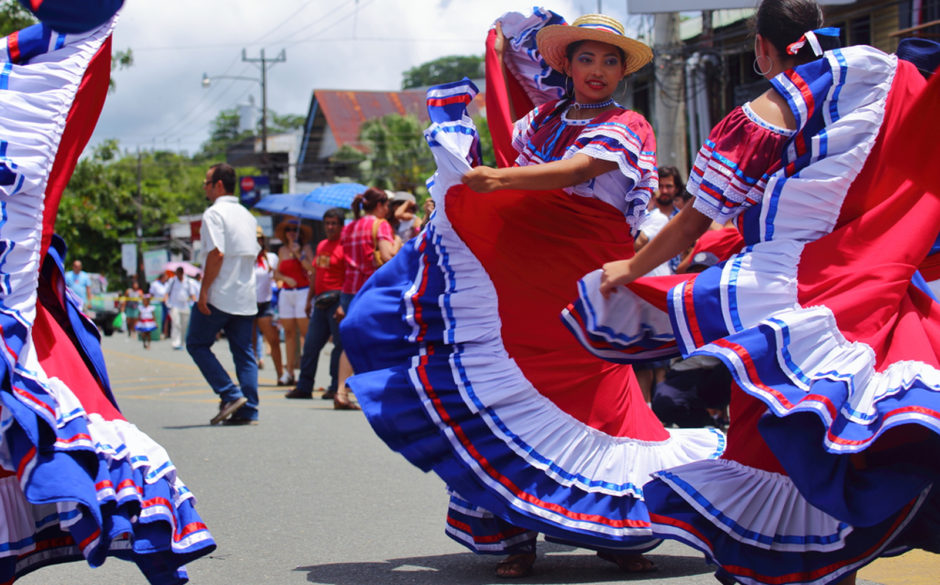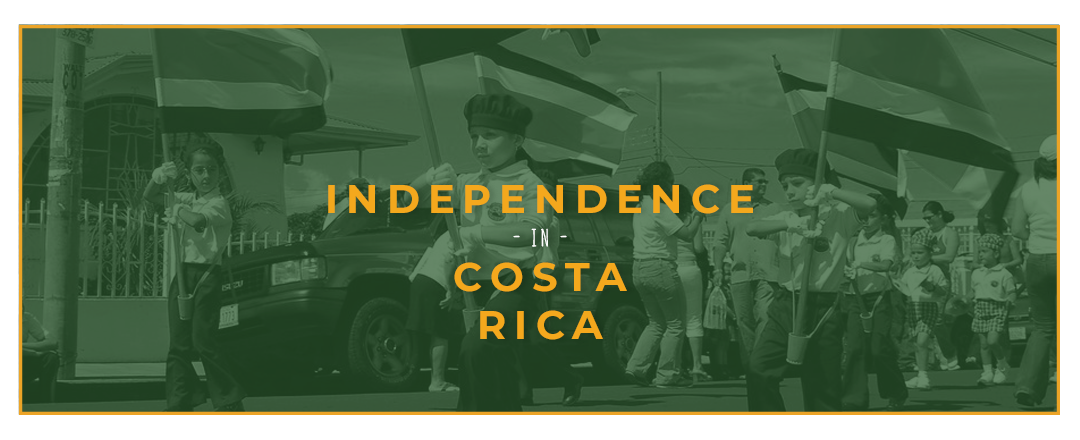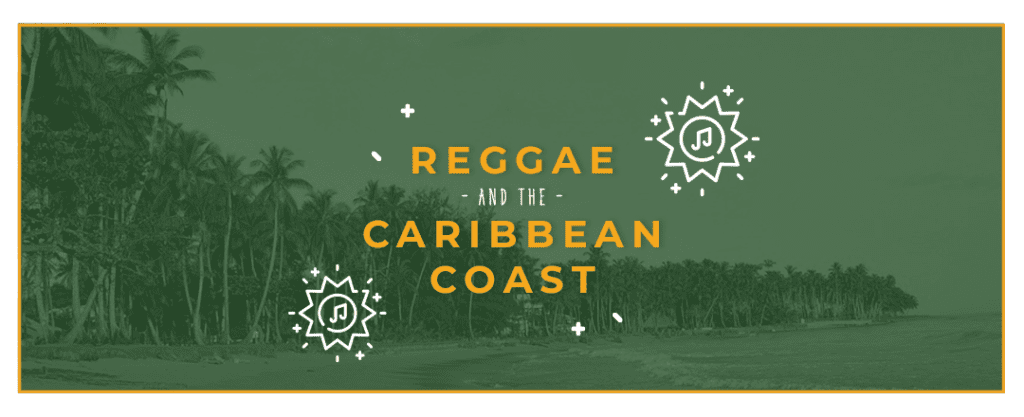On September 15th, Costa Rica will celebrate 199 years of independence. Usually, the streets would be filled with people attending lantern and street parades, concerts, and dances. There would have been months of practice for school children as they rehearse with their marching bands, practice folkloric dancing, and coordinate color guards. We’d see men and women alike dressing in their traditional best—from straw hats and flowing skirts to pressed shirts in red, white, and blue.


While this year won’t have the same amount of public displays of civic celebration and we won’t see those parades in every town—you can bet families up and down Costa Rica will be singing the national anthem and lighting traditional candle lanterns. National pride and a spirit of community will be alive and well as Costa Rica marks its freedom from Colonial Spain—just one year short of 200 years. In fact, this year, in an effort to promote local tourism, Monday is a día feriado — a day off work and school.
It’s one of the year’s most important holidays, although the country could technically claim three different independence days. During its colonial period, Costa Rica was the southernmost province in the Captaincy General of Guatemala, the Central Amerian arm of the Spanish government. On September 15, 1821, the final battle of the Mexican War of Independence was won, and Guatemala also declared independence on behalf of Central America. It took this news a full month to reach Costa Rica.
But the road to independence didn’t stop there. There was a brief civil war before Costa Rica declared allegiance to the First Mexican Empire—which collapsed a mere year later. This led to Central Ameria uniting to form the Central American Federation, or the Federal States of Central America. Unfortunately, the Federation showed little interest in remote Costa Rica and the partnership proved less than beneficial.
The first Chief of State, Juan Mora Fernandez, signed the Aprilia Law in 1834 to withdraw Costa Rica from the Central American Federation. Four years later his successor officially declared Costa Rica a sovereign state. This was challenged by the new General Assembly in 1842 and started an internal argument between Costa Rica’s main cities that lasted for years. Six years later a decision was finally made and Costa Rica again declared itself a sovereign nation.
The following year José Joaquín Rodríguez was elected President in what is considered the first entirely free and honest election in all of Central America. It was a display of democracy for which Costa Rica would become famed throughout Latin America for — inspiring patriotism that hasn’t diminished in 200 years.
This history is recognized in an annual tradition, when the Torch of Freedom arrives in Cartago, the Costa Rican providence capital where Central America declared independence, from Guatemala. This actually occurs on September 14th, kicking off two days of celebration. You can follow a virtual tour of the torch’s journey here!



Here are the words Costa Ricans will be singing this week, translated to English:
Noble homeland, your beautiful flag
Expression of your life it gives us:
Under the limpid blue of your skies,
Peace reigns, white and pure.
In the tenacious battle of fruitful toil,
That brings a glow to men’s faces,
Your sons, simple farm hands,
Gained eternal renown, esteem and honor,
Gained eternal renown, esteem and honor.
Hail, gentle country!
Hail, loving mother!
If anyone should attempt to besmirch your glory,
You will see your people, valiant and virile,
Exchange their rustic tools for weapons.
Hail, O homeland! Your prodigal soil
Gives us sweet sustenance and shelter.
Under the limpid blue of your sky,
May peaceful labor ever continue!






